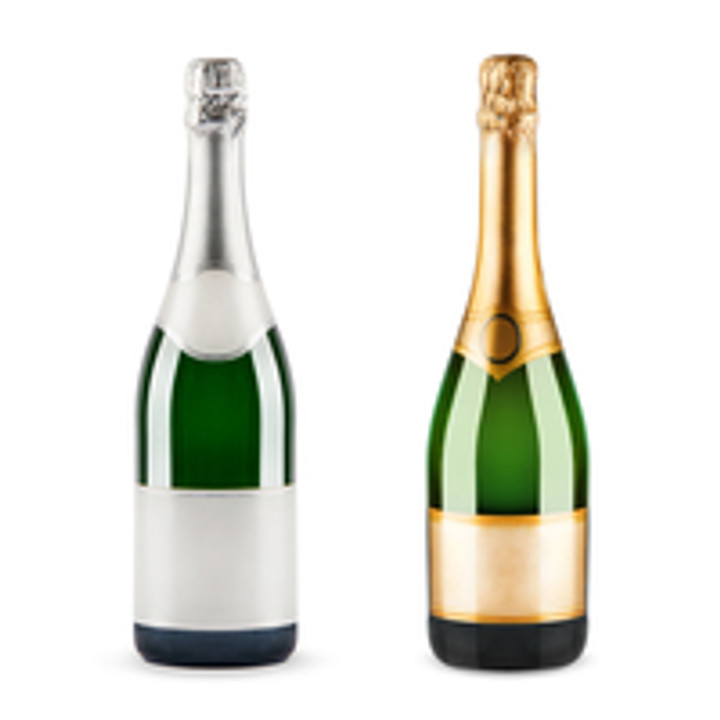How one widow made Veuve Clicquot a champagne powerhouse
Veuve Clicquot is enjoyed by family and friends all over the world - on celebratory occasions, at the start of something new, at the end of something that’s time has come, but it all started with one woman in France in the late 1700s.
The luxury champagne’s full name is Veuve Clicquot Ponsardin, and it has been produced in Reims, France, since 1772 when it was founded by Philippe Clicquot-Muiron. His son, François, inherited the family business, but died in 1805. In French, veuve means widow, and it is his widow, Barbe-Nicole Ponsardin, who played an integral role making the Veuve Clicquot champagne an iconic brand that is internationally renowned and featured in countless pop culture movies, music, and other media. The veuve was only 27-years-old when she became the champagne widow.
However, Clicquot made splashes on the champagne scene from the start, being credited as the first champagne house to create rosé champagne. The Clicquot champagne house is also the first ever to be run by a woman.
Champagne was invented, arguably, by a French monk named Dom Pérignon, another name you probably recognize, in the seventeenth century. He combined several different varieties of grape in a special region of eastern France that tended to produce wine with a natural fizz. Legend has it that the priest who married Barbe-Nicole and François gave the couple a book by Dom Pérignon as a wedding gift. Dom Pérignon did not master the champagne, however, as his product would turn cloudy with sticky yeast that ruined the taste.
This problem, and the European war itself, nearly put Veuve Clicquot out of business The first year that she took control of her husband’s business, Europe was engaged in a deep war that created blockades against the successful delivery of her product, and the nobility were also facing financial hardships due to the war, and could no longer afford luxury.
The veuve played a large role in inventing champagne as we know it today by creating the process of “remuage,” or riddling. With the help of her cellar-man, Antoine-Aloys de Muller, Veuve Clicquot started placing the bottles in special racks that held the bottles at an angle. Then, every day for six to eight weeks, the bottles would be rotated by a quarter-turn. This caused the lees to settle in the neck of the bottle, the cork was removed and then the sediment strained out, and liqueur (a combination of still wine and sugar) was added. This process, when perfected, created clear and crisp champagne - a process we still use today, with a few modern upgrades.
Enjoy history by grabbing a bottle and sipping some bubbly today!




